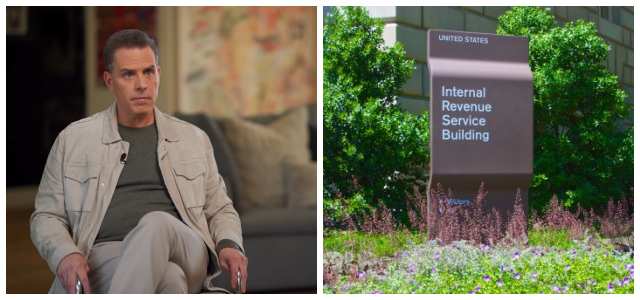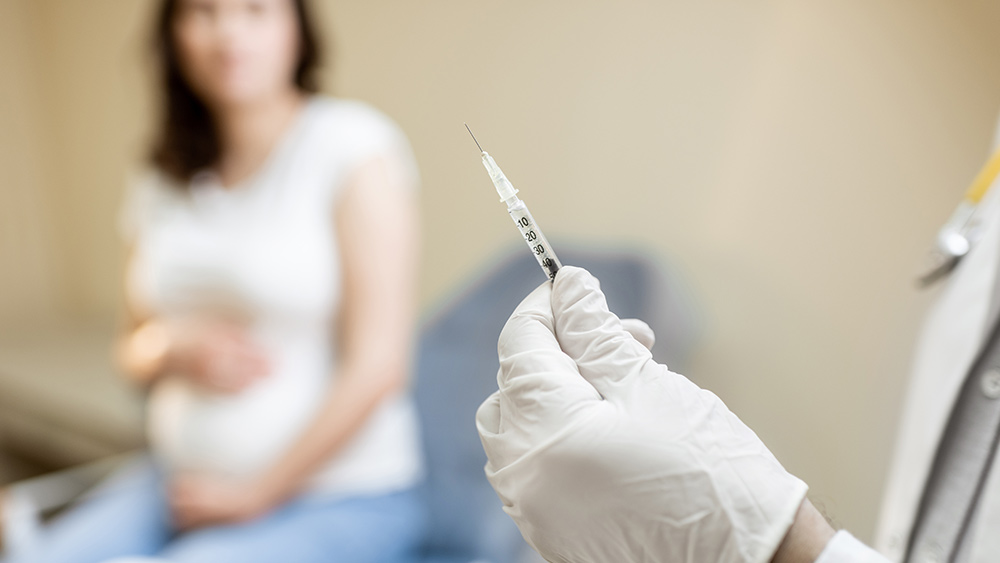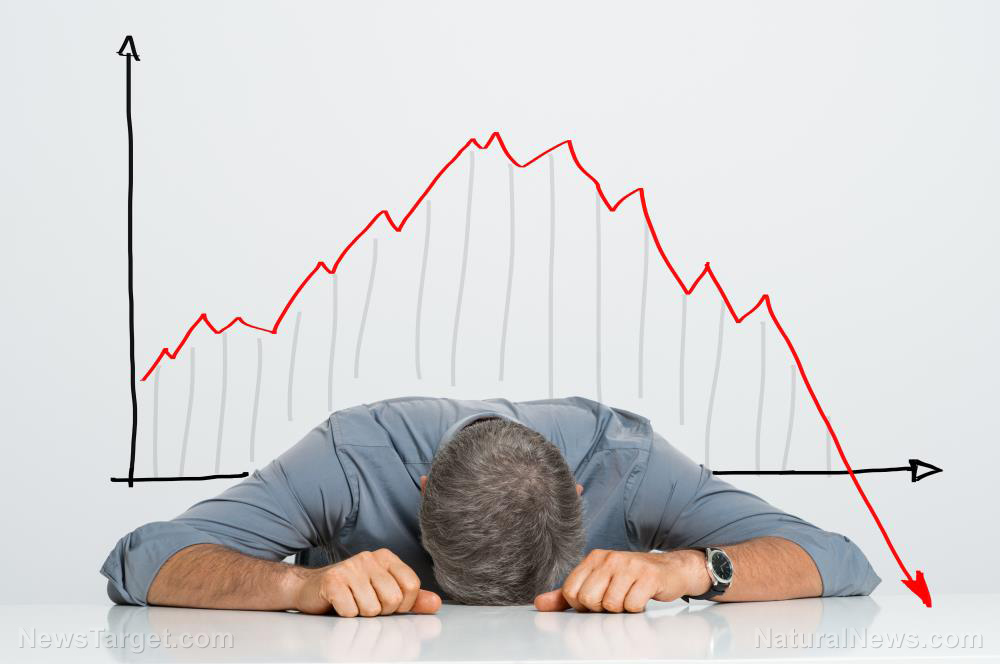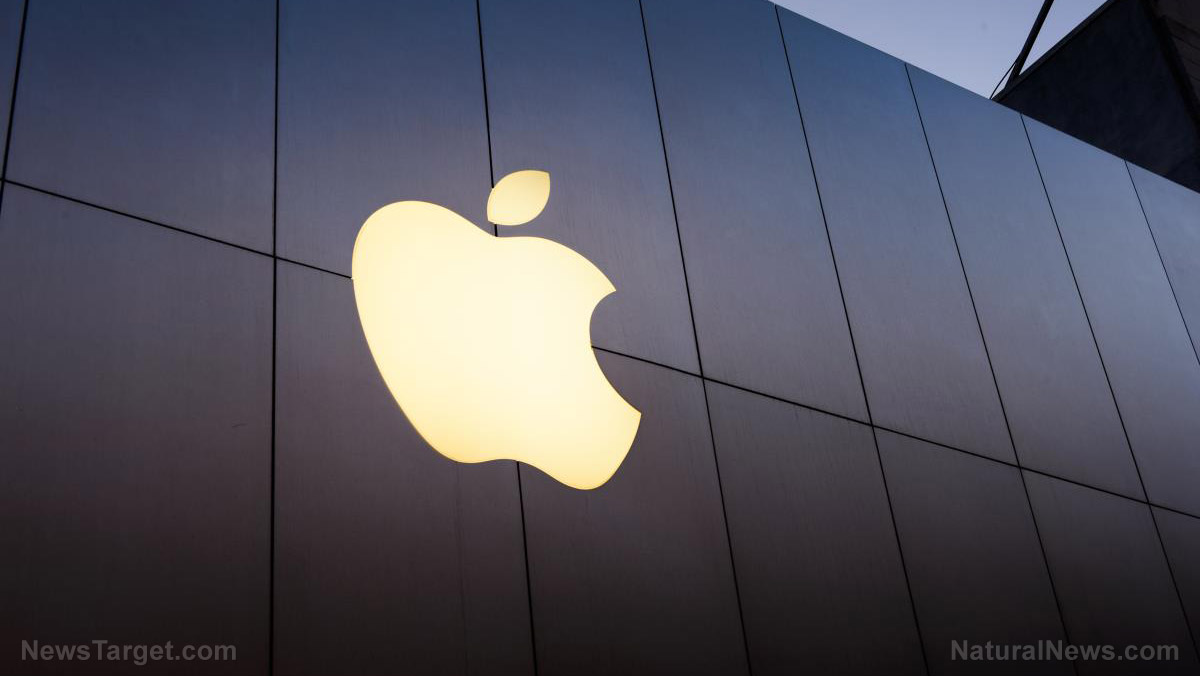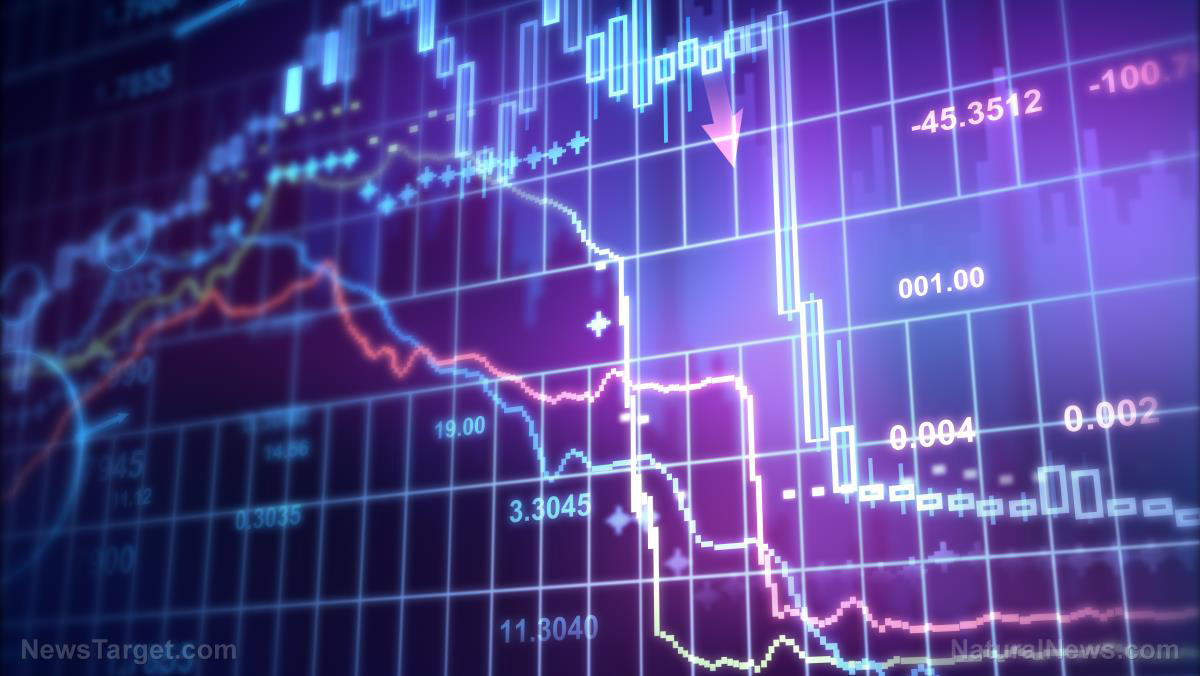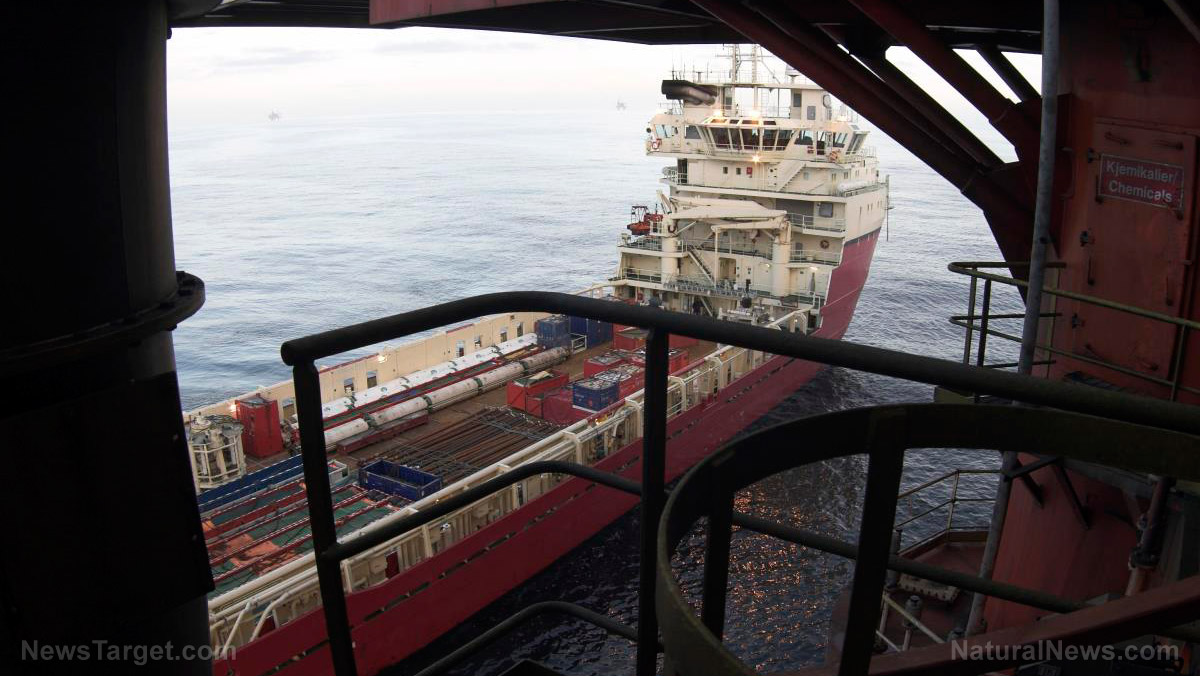
As many as 83 ships are anchored outside the ports of Los Angeles and Long Beach, and the wait to unload is now at a record 17 days – double the wait time from just two months ago.
California Governor Gavin Newsom is trying to address the bottleneck problems by doubling capacities at the state's Department of Motor Vehicles in an effort to conduct more commercial driving tests to ease truck driver shortages. It will also remain open on Saturdays at various test sites.
"With today's announcement, we'll get more truckers on the road to get goods where they need to go faster. The supply chain crisis is not a California-specific problem, but we've taken swift action to relieve congestion and increase our capacity to move goods quickly," Newsom said.
The record inflation and supply chain shortages are driving customers to shop for bargains at discount stores, where spending increased by as much as 65 percent as consumer prices hit the highest levels in 31 years during the crucial holiday shopping season.
Port of Long Beach Executive Director Mario Cordero said in a statement that every sector of the supply chain has reached its capacity. "We are trying to add capacity by searching for vacant land to store containers, expanding the hours of operation at terminals and implementing a fee that will incentivize ocean carriers to pull their containers out of the port as soon as possible," he said.
President Joe Biden said that most Americans cannot understand the problems faced by the supply chains as few people have a clear grasp of the networks and their implications.
The U.S. has been battling a supply chain crisis since September as ships have spent days off the coasts of major ports, unable to load their cargo due to the shortage of delivery drivers and technical staff.
Container ships have even plied their own routes with their vessels only to be partially loaded due to the logistical issues at the ports or in their warehouses. (Related: Small businesses suffering due to supply chain crisis.)
Supply chain crisis may affect holiday shopping
This crisis has led to fears that stores may not have enough supplies for the upcoming holidays, with gifts not arriving on time.
Data compiled by transaction data insight firm Facteus showed discount store spending to be up 65 percent in the last week compared to the same period in 2019, with Dollar General accounting for 22 percent of the category's market share, and Walmart accounting for 45 percent. Target accounts for 15 percent of the discount store market share, Ross at six percent and Big Lots at three percent.
Meanwhile, the Bureau of Labor Statistics said that prices in October rose another 0.9 percent from September, and more than six percent over the past year. Prices in everyday consumer goods rose 6.2 percent in October 2021 – the highest that it's ever been since November 1990.
Biden blamed the increase in the cost of living on "market manipulation" and rising gas prices despite economists pointing to supply chain shortages and businesses struggling to meet the demand from COVID shutdowns. Gas prices, in particular, jumped a whopping 59 percent over the last year.
Dr. Isar Kiani, a marketing professor from St. John Fisher College, said that the inflation rate comes down to supply and demand, adding that the inflation rates could seem even higher due to lack of consumer spending at the beginning of the pandemic. "Now supply is seeing a lot of demand for some of these products so they also raise the price," Kiani said.
Biden said in a statement that the $1.2 trillion "Build Back Better" plan will help slow the growing inflation problem.
Strained supply chains have greatly impacted the economy and are becoming a political risk for Biden as the disruption puts more pressure on inflation while highlighting shortages of workers such as truck drivers and warehouse staff.
Read more about the ongoing supply chain crisis and inflation at Bubble.news.
Sources include:
Please contact us for more information.









